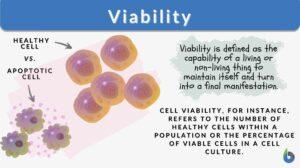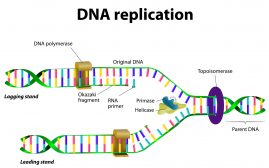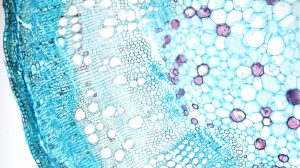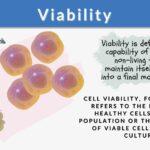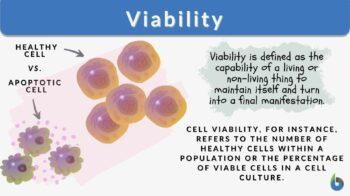
Viability
n., plural: viabilities
[ˌvaɪəˈbɪlɪti]
Definition: the state of being viable
Table of Contents
Whether we talk about “a travel plan” or “a science experiment” or “the chances of a pregnancy reaching its successful term”, the particular usage of a term is of utter importance and relevance in all three of these cases. Can you guess a term that fits them all? What about “viability”? Think, and think some more… Yes, when we plan a trip, we think of the travel plan’s viability and feasibility, if it would fit in our personal and professional schedules, its itinerary, etc. Again Yes, when we design a science experiment, we brainstorm over a research question and pre-plan it according to the viability of the experiment, we chalk out the methodologies, literature published, expected results, and much more. And yes, even when a pregnancy is planned by a couple, the viability of the pregnancy is measured as the chance of reaching full-term or the shortest possible length of pregnancy that would deliver a live birth (a viable offspring/baby) and in which the newborn is capable of normal growth and development. So, this term “viability” has broad-spectrum usage as per the context it is being used in. Let’s move on and learn how to define viability, followed by some examples to further bring clarity to the topic.

Viability Definition
First questions first, what is viability?
Definition in biology
In Biology the definition of viability goes like this:
Viability is the capacity of a living organism to stay alive, sustain its life, growth, and development. When we refer to viability, it can also stand for the viability of seeds, sperms, cells, eggs, bacteria, viruses, sapling, enzymes, pollens, tissue culture explants, biological processes like reproduction, pollination, etc.
Definition in pregnancy
In view of pregnancy, viability is defined as the capability of an embryo, fetus, or newborn to sustain its existence, conduct normal growth, followed by its development outside the mother’s uterus. Fetal viability can be defined as the specific point in pregnancy at which a fetus can be delivered with the assurance of its survivability, i.e., the point after which it can survive (on support or without support) outside the mother’s womb. Pediatricians generally recommend it to be in the range of 23 to 24 weeks. Although not all doctors across the globe might agree on a particular answer, this range is the most commonly considered one for the viability of the newborn.

The general definition of viability
The casual literal meaning viability is “the state of being viable, feasible and practical”. Viability is an early 19th-century word derived from a French word “vie” meaning ‘life’ which has been further derived from a Latin word “vita”.
Definition in evolutionary and ecological science
In light of evolutionary science, viability is a measure of those species that survived over the evolutionary time scale and the geographical limits of the planet. In the purview of ecological science, the viability of a species is defined as the geological timescales through which a species has been able to survive and maintain the species’ continuation. Viability selection can be defined as the selection of individuals of a species with the capability of surviving till their reproductive age is reached. Such a selection by nature’s forces ensures that the species continues, no matter what comes on the road for it. The non-viable individuals are eliminated in the process as they aren’t selected.

Definition in genetics
In Genetics, we relate the term viability more commonly to the population-level studies. In such a relation, genetic viability is defined as the probability of an organism’s population (plants/animals/bacteria/fungi and more) to avoid the detrimental issues of inbreeding within the population. Inbreeding paves way for inbreeding depression, which is fated to decrease the viability of the species.
Viability is the capability of a living or non-living thing to maintain itself and turn into a final manifestation. In a biological context, it may refer to the following:
- In biological research and experimentation, viability refers to a measure of cells that are alive.
- In pregnancy, viability refers to the chance of reaching full-term or the shortest possible length of pregnancy that would deliver a live birth and in which the newborn is capable of normal growth and development.
- In natural selection, viability is the measure of species that survived over wide geographical limits.
Word origin: viable + -ity.
Viability Example
Cell viability assays
It is a measurement assay for counting the number of cells that can grow and maintain essential life processes (like cell metabolic activities) in a defined area or volume. Upon conducting such a viability assay, we get a viable cell count. Many important cell biology research works depend on this assay, for example, “plaque assay method (PA)”. PA method is used for getting estimates of the number of cells that are alive in a plate of cultured cells after a bacteriophage (a virus) is introduced into the system. The number of plaques on the plate is indicative of the virus, its virulence, and its varied properties.
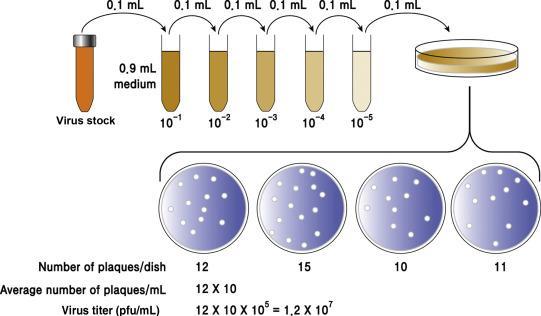
Watch this vid about cell viability
Population size and viability
Very low genetic variability in a population of a species paves way for the decreased viability of the species. Population size is a primer factor in such a case as the smaller the population, the higher are the chances of inbreeding. The higher the inbreeding, the higher are the chances of losing the already-existing genetic variability in the population. After the genetic variability dampens, you get to witness individuals too losing their viability/fitness. So, for the long-term viability of individuals, population viability has to be mandatorily maintained.

Try to answer the quiz below to check what you have learned so far about viability.
References
- Fetal viability is at the center of Mississippi abortion cases. https://www.washingtonpost.com/health/2021/12/01/what-is-viability/
- Fetal Viability. (2012) http://www.reference.md/files/D005/mD005328.html
- Veterinary Virology (Fifth Edition), 2017. https://doi.org/10.1016/C2013-0-06921-6
- Wang-Shick Ryu. (2017). Diagnosis and Methods. Molecular Virology of Human Pathogenic Viruses. Pages 47-62. https://doi.org/10.1016/B978-0-12-800838-6.00004-7
- Robert C. Lacy, Importance of Genetic Variation to the Viability of Mammalian Populations, Journal of Mammalogy, Volume 78, Issue 2, 21 May 1997, Pages 320–335, https://doi.org/10.2307/1382885
©BiologyOnline.com. Content provided and moderated by Biology Online Editors.

